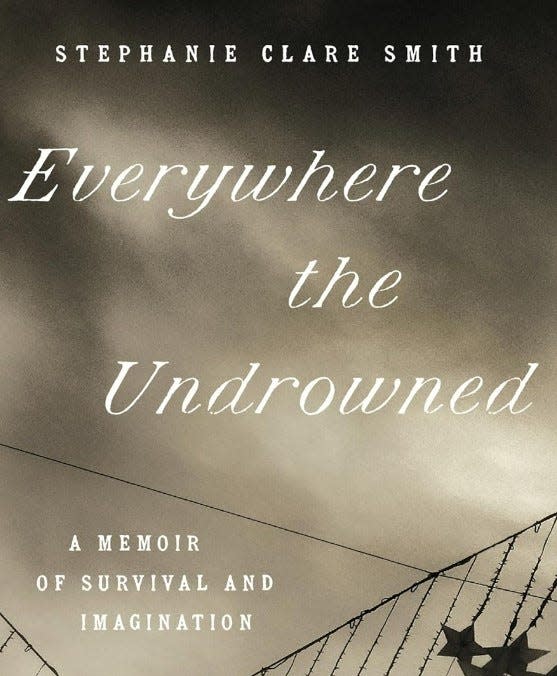Memoir tells story of young survivor in 1970s New Orleans

It's the summer of 1973, with the Watergate hearings on TV, and 14-year-old Stephanie Smith is stuck in summer school, retaking algebra.
It's not just the 100 percent humidity in New Orleans. Worse, she's alone. Her single mother, a dancer and free spirit, has taken off with her alcoholic boyfriend for six weeks camping out West. That leaves Stephanie by herself in a small apartment in a sketchy neighborhood.
That's the set-up for "Everywhere the Undrowned," a remarkable, understated memoir by Smith, now a clinical social worker and family mediator in Raleigh.
Her book is a title in Great Circle Books, a new imprint for literary non-fiction from the venerable University of North Carolina Press. (Wilmington author John Jeremiah Sullivan is on Great Circle's editorial board.)
In some ways, young Stephanie was well suited for solitude. Bookish, she devotes her time to re-reading "Jane Eyre" and that old 1960s book-club standard "Autobiography of a Yogi."
But this is the Big Easy and it's the 1970s. Stephanie has already been off smoking dope and dropping acid with school friends in the park. There are plenty of predators in this particular ocean, many of them willing to bide their time and pose as Stephanie's friend. A late-night walk to a nearby burger joint will prove the incident that changes her life.
Smith will spend much of the next half-century coping with post-traumatic stress and coming to terms with her past. Eventually, she will have to take in her mother, suffering from dementia, and offer her better care than she did for her own daughter.
Smith is a published poet, and much of "Everywhere the Undrowned" reads like a prose-poem.
(The title comes from the old 17th century formula for detecting witches: Throw them in the nearest deep water. If she floats, she's a witch and ready for hanging; if she drowns, she's innocent.)
A devout post-modernist, Smith avoids directly expressing any personal feeling directly. She almost never says if she's sad or lonely or anxious. Rather, she describes mundane objects, people or activities, and readers infer the emotion from the atmosphere.
And such atmosphere: New Orleans is well worked over as literary territory, but Smith gives it new life with her descriptions of the humidity, the streetcars, the smells, the voodoo in the background. She reminds us of school days so hot, the pages in the textbook stick to your arms, and even the teacher brings a dishrag to wipe away the sweat.
Smith finds a level of peace, though at a heavy price, and even a measure of forgiveness. Her memoir closes as a tribute to women who did what they had to, to survive abuse, yet still held on to their inner cores.
"Men don't understand rape," one person remarks in Smith's text. Reading this book will make things a lot clearer.
Book review
Everywhere the Undrowned: A Memoir of Survival and Imagination
By Stephanie Clarke Smith
Chapel Hill: University of North Carolina Press, $20 paperback
This article originally appeared on Wilmington StarNews: In 'Everywhere the Undrowned,' writer look back as teen in New Orleans
